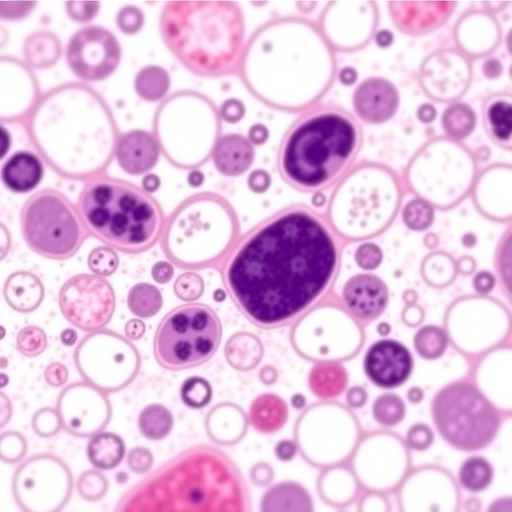Beachgoers are familiar with the experience of spending hours in the sun, going home, and noticing only hours later that their skin has changed color. A new Tel Aviv University study uncovers the science behind the mystery of why the body’s tanning process does not occur immediately after sun exposure, but only after a few hours or even days. The research findings reveal the mechanism behind this phenomenon, according to which the body’s initial response is to prioritize repairing DNA damage in the skin cells, which inhibits the mechanism responsible for skin pigmentation, commonly known as tanning.

Credit: Tel Aviv University
Beachgoers are familiar with the experience of spending hours in the sun, going home, and noticing only hours later that their skin has changed color. A new Tel Aviv University study uncovers the science behind the mystery of why the body’s tanning process does not occur immediately after sun exposure, but only after a few hours or even days. The research findings reveal the mechanism behind this phenomenon, according to which the body’s initial response is to prioritize repairing DNA damage in the skin cells, which inhibits the mechanism responsible for skin pigmentation, commonly known as tanning.
The study, published in the Nature Group’s Journal of Investigative Dermatology, was led by doctoral student Nadav Elkoshi and Prof. Carmit Levy of the Department of Human Molecular Genetics and Biochemistry at Tel Aviv University’s Faculty of Medicine, and in collaboration with a number of other researchers from Tel Aviv University, Wolfson Medical Center, the Weizmann Institute of Science, the University of California, and Paris-Saclay University.
Nadav Elkoshi explains: “We have two mechanisms designed to protect the skin from exposure to dangerous UV radiation. The first mechanism repairs the DNA in the skin cells damaged by the radiation, while the second mechanism involves increased production of melanin, which darkens the skin in order to protect it from future exposure to radiation. In our study, we discovered why the tanning phenomenon does not occur immediately when the body is exposed to the sun, but only following a delay. It turns out that the mechanism that repairs our DNA takes precedence over all other systems in the cell, temporarily inhibiting the pigmentation mechanism. Only after the cells repair the genetic information to the best of their ability do they begin to produce the increased melanin.”
To test their hypothesis, the Tel Aviv University researchers activated the DNA repair mechanism in both animal models and human skin tissues. In both, a tan developed even without any exposure to UV radiation, substantiating their findings.
Prof. Carmit Levy: “The genetic information must be protected from mutations, so this repair mechanism takes precedence inside the cell during exposure to ultraviolet radiation from the sun. The DNA repair mechanism essentially tells all the other mechanisms in the cell, ‘Stop everything, and let me work in peace.’ One system effectively paralyzes the other, until the DNA correction reaches its peak, which occurs a few hours after the UV exposure. Only then does the pigment production mechanism get to work. In our previous research, we showed that a protein called MITF, which is activated during exposure, is responsible for regulating these two mechanisms. In the current study we show that another protein, called ATM, which plays a key role in DNA repair, activates one mechanism while disabling the other. This process likely harnesses the pigmentation mechanism’s components to maximize the chances of the cell surviving without mutations following radiation exposure.”
Prof. Levy concludes: “This scientific discovery has revealed a molecular mechanism that could serve as a foundation for further research that may lead to innovative treatments that will provide maximum protection of the skin against radiation damage; in the long run, it may even contribute to the prevention of skin cancer.”
Link to the article:
https://www.sciencedirect.com/science/article/pii/S0022202X23021243
DOI
10.1016/j.jid.2023.03.1686




